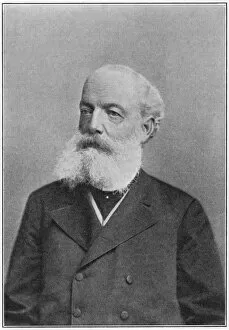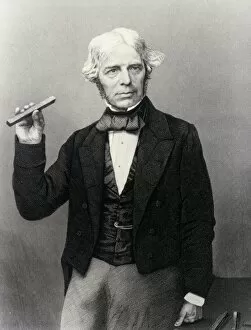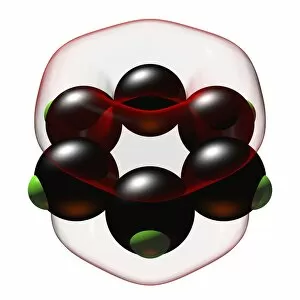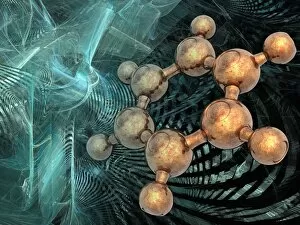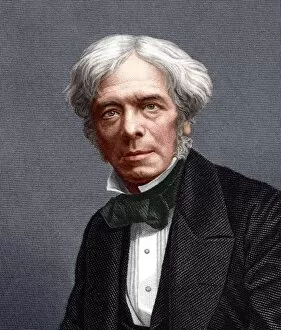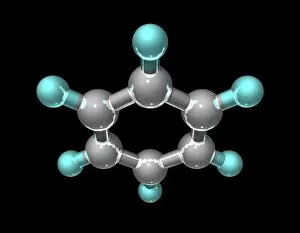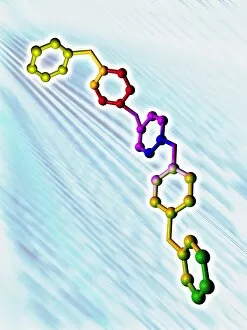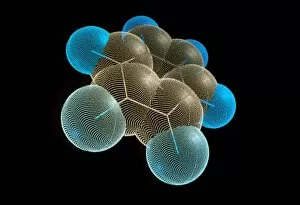Benzene Collection
"Benzene: Unveiling the Mysteries of a Revolutionary Compound" In the realm of chemistry
For sale as Licensed Images
Choose your image, Select your licence and Download the media
"Benzene: Unveiling the Mysteries of a Revolutionary Compound" In the realm of chemistry, few compounds have captivated scientists and revolutionized industries quite like benzene. This aromatic hydrocarbon, with its unique structure and properties, has left an indelible mark on scientific history. It was in 1825 when Friedrich August Kekule von Stradonitz, a visionary German organic chemist, first isolated benzene. Little did he know that his discovery would pave the way for groundbreaking advancements in various fields. One cannot discuss benzene without mentioning Michael Faraday, the brilliant English chemist who made significant contributions to our understanding of this compound. In one iconic image from c1885, we see Kekule alongside Faraday holding a glass bar - symbolizing their dedication to unraveling the secrets locked within benzene's molecular structure. Fast forward to 1913 when innovation took shape on wheels - behold the remarkable Benzene motor coach. A railway car powered by this extraordinary compound showcased its potential as an alternative fuel source during a time when gasoline reigned supreme. Speaking of molecular structures, C016 / 8874 offers us a glimpse into benzene's intricate arrangement. Its hexagonal ring structure forms the backbone of countless chemical reactions and applications across industries worldwide. The significance of that very first sample extracted in 1825 (C016 / 3651) cannot be overstated. It marked the beginning of an era where scientists could explore and harness benzene's immense potential for creating new materials and fuels. Artistic renditions further emphasize benzene's allure; stunning artwork captures its elegant yet complex nature. Molecular models bring it to life visually – each bond representing endless possibilities for transformational discoveries in science and technology. Benzene's impact extends beyond individual molecules; it plays a vital role in polymer molecular structures too. These interconnected chains form resilient materials that find use everywhere – from everyday objects to cutting-edge technologies.

